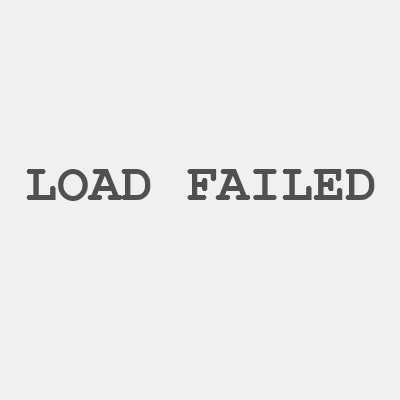-
What is restraint belt?
Restraint belt is a specific intervention or device that prevents the patient from moving freely or restricts normal access to the patient’s own body. Physical restraint may involve: ● applying a wrist, ankle, or waist restraint ● tucking in a sheet very tightly so the patient can’t move ● keepin...Read more -
The reasons to choose sponge Operating Room Positioner
It is suggested that patients with high risk of pressure ulcer or patients who have developed pressure ulcer should choose it. It can prevent pressure ulcers, reduce the frequency of turning over, prolong the turning over time, provide good support and facilitate the transportation of patients. P...Read more -
Pressure ulcer care
1. During the congestion and ruddy period, the local skin becomes red, swollen, hot, numb or tender due to pressure. At this time, the patient should lie on the air cushion bed (also called Operating Room Positioner) to increase the number of turns and massages, and assign special personnel to ca...Read more -
Basic information of Operating Room Positioner
Materials and styles Operating Room Positioner is a medical device used in the operating room and placed on the operating table, which can effectively alleviate the pressure ulcer (bedsore) caused by the long operation time of patients. Different position Positioners can be used according to diff...Read more -
Pressure ulcer prevention
Pressure ulcer, is also called ‘bedsore’, is tissue damage and necrosis caused by long-term compression of local tissues, blood circulation disorders, sustained ischemia, hypoxia and malnutrition. Bedsore itself is not a primary disease, it is mostly a complication caused by other primary disease...Read more -
Introduction to BDAC Operating Room Positioner ORP
Characteristics: The surgical position pad, in other words, is the surgical position pad made of gel. The surgical position pad is a necessary auxiliary tool in the operating rooms of major hospitals. It is placed under the patient’s body to alleviate the pressure ulcer (bedsore) caused by ...Read more -
Why do we need positioner?
Patients have to keep still whether partially or totally sedated in a same position for hours during a surgery. Due to physical characteristics and density, positioners can adapt to the body surface and allow a comfortable support to the patient on the operating table. The patient in the operatin...Read more -
Types of masks
Types Availability Construction Fit Regulatory considerations and standards Respirators Commercially available. Available in a variety of sizes, including smaller sizes that could be used for children Construction materials may vary but must meet filtration standard...Read more -
Why wearing a mask is important agaisnt COVID-19
COVID-19 will continue to spread at different levels in our communities, and outbreaks will still occur. Masks are one of the most effective individual public health measures that we can use to protect ourselves and others from COVID-19. When layered with other public health measures, a well-cons...Read more -
What is FFP1, FFP2, FFP3
FFP1 mask FFP1 mask is the least filtering mask of the three. Aerosol filtration percentage: 80% minimum Internal leak rate: maximum 22% It is mainly used as a dust mask (for example for DIY jobs). Dust can cause lung diseases, such as silicosis, anthracosis, siderosis and asbestosis (in particul...Read more -
What is EN149?
EN 149 is a European standard of testing and marking requirements for filtering half masks. Such masks cover the nose, mouth and chin and may have inhalation and/or exhalation valves. EN 149 defines three classes of such particle half masks, called FFP1, FFP2 and FFP3, (where FFP stands for filte...Read more -
Differences between medical face masks and respiratory protection
Medical face masks A medical or surgical face mask primarily reduces the (potentially infectious) saliva/mucus droplets of the wearer's mouth/nose entering the environment. The wearer's mouth and nose can be protected by the mask again...Read more

